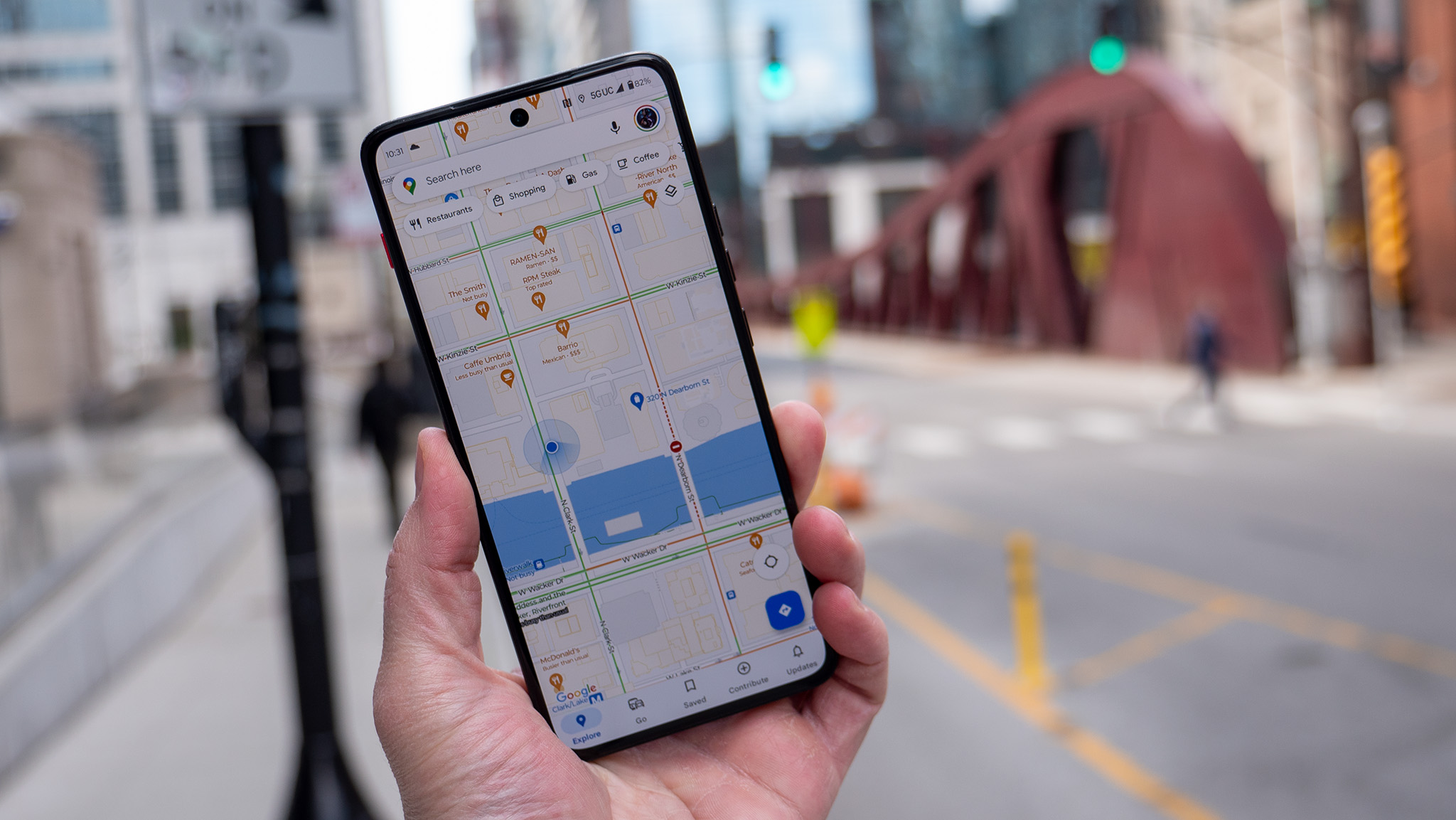
what you need to know
- Starting next year, iPhone users in the EU will be able to replace Apple Maps with their favorite navigation app.
- The change is part of Apple’s compliance with the European Union’s Digital Markets Act, and it’s likely to be released with iOS 18.
- While Google is expected to roll out similar features for Google Maps and Waze in the EU, the company has yet to provide official confirmation.
Starting next year, iPhone users in the EU will have the option to change Apple Maps as their default navigation app.
The upcoming changes are part of Apple’s compliance with the European Union’s Digital Markets Act, a set of rules that the region’s tech giants, known as “gatekeepers,” must adhere to. These companies include Apple, Google, Amazon, Meta, Microsoft and TikTok. Owner, ByteDance.
These companies could face fines of up to 20% of their global annual revenue for multiple violations. Europe leads the world in trying to rein in big tech companies. In response, tech giants are making some adjustments, albeit not always with open arms. For example, Apple allows you to install apps from places other than its App Store.
A few days ago, the Cupertino-based tech giant released a compliance document stating that iPhone users will be able to smoothly transfer data from their current phone to Android.
Additionally, starting in March 2025, you will finally be able to set your favorite navigation app as the default app on your iPhone, 9to5Mac reports.
Currently, Apple Maps is the default navigation app on iPhone. Soon, you’ll be free to set Google Maps or any other navigation service as your default navigation service.
Google is expected to roll out the same feature for Google Maps and Waze, at least in the EU. However, as of now, there is no official news from the company.
Apple’s changes may arrive with iOS 18, but it looks like this update may be exclusive to the EU. DMA also targets a range of services, from operating systems to messaging applications.
Apple’s DMA compliance report is a bit vague on the details. It didn’t mention whether the features are going global or limited to EU users. However, if history is any guide, many of Apple’s DMA-compliant services tend to be focused solely on the EU market.